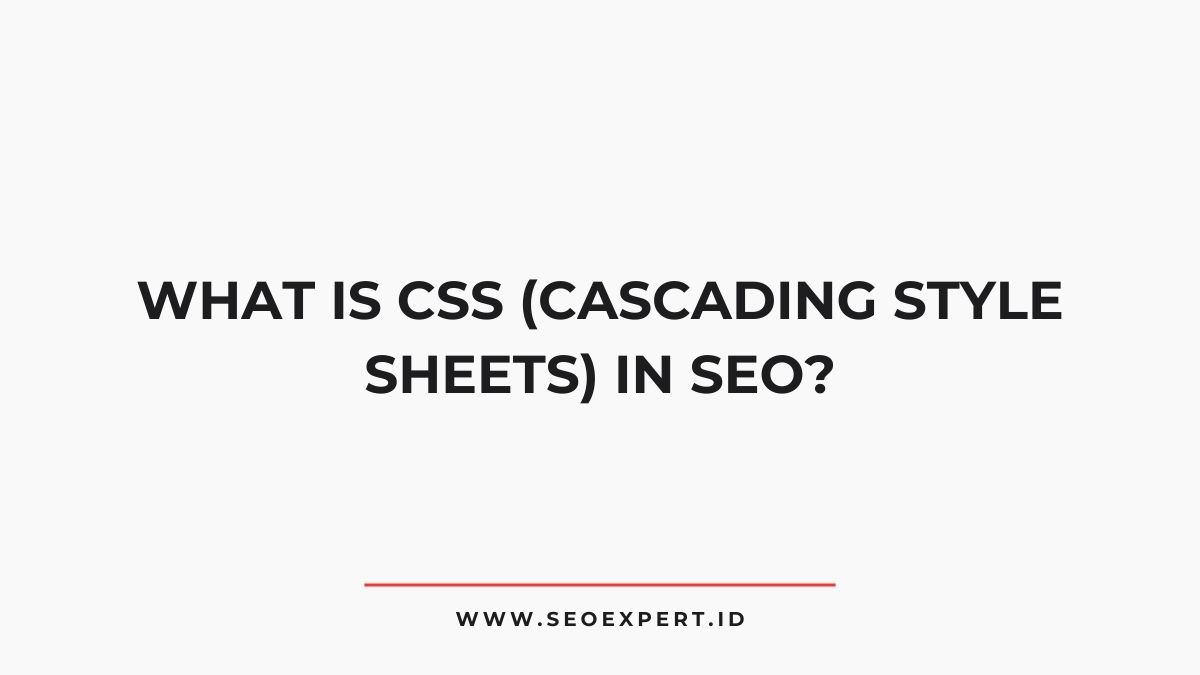CSS, or Cascading Style Sheets, is vital in SEO as it manages the visual presentation of web content. It greatly affects page load speed, which is essential for user experience and search rankings.
Screpy
Utilize an AI-driven SEO analysis tool to evaluate your website and monitor your keywords all in a single intuitive dashboard.
Mobile responsiveness also stems from effective CSS, ensuring websites adapt to various devices. Best practices, such as file compression and semantic naming, enhance SEO effectiveness.
Conversely, common mistakes, like excessive inline styles, can hinder site performance. Discover how optimizing CSS can further improve SEO outcomes.
TL;DR
Hide- CSS defines the visual presentation of web pages, enhancing user experience and engagement, which is essential for SEO success.
- Efficient CSS improves page load speed, a critical factor in search engine rankings and user retention.
- Responsive design through CSS ensures mobile-friendliness, which search engines prioritize, affecting overall SEO performance.
- Best practices in CSS, like minimizing file size and using semantic class names, enhance readability and maintainability, positively impacting SEO.
- Poor CSS practices, such as excessive inline styles or complex selectors, can hinder performance and user experience, ultimately hurting SEO efforts.
Understanding CSS: Basics and Functionality
Cascading Style Sheets (CSS) serve as a fundamental tool for web design, defining the visual presentation of HTML documents.
By separating content from design, CSS enhances maintainability and flexibility, allowing developers to modify styles without altering the HTML structure.
This separation is essential for creating responsive and accessible websites, which cater to diverse user needs.
CSS employs selectors, properties, and values to dictate how elements appear, ensuring a consistent visual identity across multiple devices.
Additionally, an understanding of CSS is integral to optimizing user experience, as well-structured styles improve readability and navigation.
Ultimately, mastering CSS not only contributes to aesthetic appeal but also plays a significant role in fostering a safe and user-friendly online environment.
The Impact of CSS on Page Load Speed
How does the implementation of CSS influence page load speed? The efficiency of CSS can considerably affect a website’s performance.
Properly structured CSS minimizes the need for excessive HTML coding, streamlining the rendering process. This directly impacts user experience and SEO rankings, as slower pages may deter visitors.
- Reduced File Size: Optimizing CSS can lead to smaller file sizes, decreasing load times.
- Asynchronous Loading: Leveraging CSS allows for asynchronous loading, ensuring that critical resources are prioritized.
- Improved Caching: Well-organized CSS facilitates better caching strategies, leading to faster reloads for repeat visitors.
Ultimately, a well-implemented CSS framework contributes to a safer, more efficient browsing experience, aligning with SEO best practices.
Mobile Responsiveness and SEO Benefits
As mobile internet usage continues to rise, the significance of mobile responsiveness in web design has become paramount for SEO success.
Search engines, particularly Google, prioritize mobile-friendly websites in their rankings, recognizing that users increasingly access content via smartphones and tablets.
A responsive design guarantees that a site adapts seamlessly to various screen sizes, enhancing user experience and engagement.
This adaptability not only reduces bounce rates but also increases the likelihood of conversions, as users find navigation intuitive and accessible. Additionally, responsive websites are often easier to maintain, eliminating the need for separate mobile versions.
Ultimately, businesses that embrace mobile responsiveness position themselves favorably in search results, thereby reaping the benefits of improved visibility and user trust in a digital landscape focused on safety and convenience.
CSS Best Practices for SEO Optimization
Implementing effective CSS practices plays an essential role in enhancing SEO optimization. Properly structured CSS can lead to faster loading times, improved user experience, and better search engine rankings.
By adhering to best practices, web developers can guarantee that their sites remain both visually appealing and optimized for search engines.
- Minimize CSS file size: Compress and combine CSS files to reduce loading times.
- Use semantic class names: This enhances readability and maintainability, aiding both developers and search engines in understanding the content structure.
- Implement responsive design: Ascertain that CSS adapts well across devices, improving user engagement and reducing bounce rates.
Common CSS Mistakes That Hurt SEO
Neglecting proper CSS practices can greatly undermine a website’s SEO performance. Common mistakes include excessive use of inline styles, which can bloat HTML and hinder load times.
Overly complex selectors may slow rendering, while not using CSS properly for responsive design can result in poor mobile experiences. Additionally, failing to organize CSS files can lead to inefficiencies.
| Mistake | Impact on SEO | Recommended Action |
|---|---|---|
| Excessive Inline Styles | Slower load times | Use external stylesheets |
| Complex Selectors | Increased rendering time | Simplify selectors |
| Poor Responsive Design | Negative mobile experiences | Implement media queries |
| Unorganized CSS | Maintenance difficulties | Structure stylesheets logically |
| Lack of Accessibility Features | Reduced user engagement | Incorporate ARIA attributes |
Wrapping Up
In the intricate tapestry of web design, CSS serves as the delicate brush that paints a website’s aesthetic while shaping its performance. Just as a well-crafted symphony harmonizes sound to evoke emotion, optimized CSS can elevate user experience and enhance SEO.
However, when misused, it can create discord, leading to diminished visibility.
Ultimately, the skillful application of CSS is not merely a technical choice but an artful strategy that can transform a website from overlooked to unforgettable.








